Related Research Articles

Squatting is the action of occupying an abandoned or unoccupied area of land or a building, usually residential, that the squatter does not own, rent or otherwise have lawful permission to use. The United Nations estimated in 2003 that there were one billion slum residents and squatters globally. Squatting occurs worldwide and tends to occur when people who are poor and homeless find empty buildings or land to occupy for housing. It has a long history, broken down by country below.
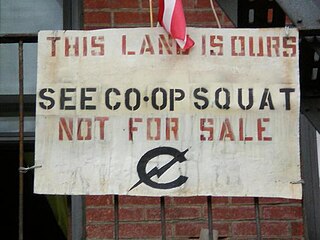
C-Squat is a former squat house located at 155 Avenue C in the Alphabet City neighborhood of Manhattan, New York City that has been home to musicians, artists, and activists, among others. After a fire, it was taken into city ownership in 1978 and squatters moved in in 1989. The building was restored in 2002 and since then it has been legally owned by the occupants. Its ground-floor storefront now houses the Museum of Reclaimed Urban Space.
Dos Blockos was a squat situated at 713 East 9th Street in Alphabet City, Manhattan, New York City. In active use as a squat from 1992 onwards, the six-story building housed up to 60 people at its peak, including Brad Will. The building funded repairs by being a set for movies including Trainspotting. The squatters were evicted in 1999 and the building was converted into a commercial apartment building.
The Urban Homesteading Assistance Board (UHAB), formed in 1974, is a city-wide non-profit housing and tenant advocacy group in New York City.

Formerly known as Riverside Park Community, the apartment complex now known as 3333 Broadway is a group of five buildings ranging in height from 11 to 35 stories at 3333 Broadway between West 133rd and 135th Streets, in Harlem, Manhattan, New York City, United States. Completed in 1976, it was the largest residential structure in the United States. Together, the five buildings include 1,200 apartment units and were designed to accommodate nearly 1,190 families. The complex also includes the KIPP Infinity Middle School. The present manager of the property is the Urban American Management Corporation.

In England and Wales, squatting—taking possession of land or an empty house the squatter does not own—occurs for a variety of reasons which include needing a home, protest, poverty, and recreation. Many squats are residential; some are also opened as social centres. Land may be occupied by New Age travellers or treesitters.
Historically, squatting occurred in the United States during the California Gold Rush and when colonial European settlers established land rights. There was squatting during the Great Depression in Hoovervilles and also during World War II. Shanty towns returned to the US after the Great Recession (2007–2009) and in the 2010s, there were increasing numbers of people occupying foreclosed homes using fraudulent documents. In some cases, a squatter may be able to obtain ownership of property through adverse possession.
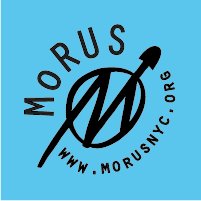
The Museum of Reclaimed Urban Space (MoRUS) is a not-for profit museum dedicated to archiving the history of community gardens, squatting, and grassroots environmental activism of the Lower East Side neighborhood of Manhattan, New York City. Located in the storefront of C-Squat at 155 Avenue C, the museum documents how neighborhood residents transformed abandoned spaces and lots in the neighborhood into squats and gardens. By preserving the neighborhood's history, the museum aims to educate communities and individuals to keep this form of sustainable, community-based activism alive.
Umbrella House is a former squat and a Housing Development Fund Corporation in New York City's East Village, at 21-23 Avenue C. The squat, formed in 1988, was known for its political engagement and high level of collective organization among its members. In 2010, the building officially became a housing cooperative.
The Metropolitan Council on Housing is a tenant rights organization in New York City founded in 1959. As the oldest and largest tenants' organization in the city," it has focused on issues including rent regulation and affordable public housing.

Squatting in Australia usually refers to a person who is not the owner, taking possession of land or an empty house. In 19th century Australian history, a squatter was a settler who occupied a large tract of Aboriginal land in order to graze livestock. At first this was done illegally, later under licence from the Crown.

Squatting in the Republic of Ireland is the occupation of unused land or derelict buildings without the permission of the owner. In the 1960s, the Dublin Housing Action Committee highlighted the housing crisis by squatting buildings. From the 1990s onwards there have been occasional political squats in Cork and Dublin such as Grangegorman, the Barricade Inn, the Bolt Hostel, Connolly Barracks, That Social Centre and James Connolly House.
A squatters union, settlers association, or claimant club, is an organization of homesteaders or squatters established to protect their interests and property rights. They have been formed in the Australia, England, Poland and the United States.
Frances Axler Goldin was a housing rights activist and literary agent in New York City. She was a founding member of the Metropolitan Council on Housing and the Cooper Square Committee. Beginning in 1959, she led a successful campaign to defeat an urban renewal plan of Robert Moses, which would have replaced historic, affordable housing with a freeway in the Lower East Side. For decades, Goldin was associated with the Lower East Side, where she was a neighborhood preservationist and community figure. The 175 Essex Building of Essex Crossing is named in her honor, and she was profiled in the documentary It Took 50 Years.
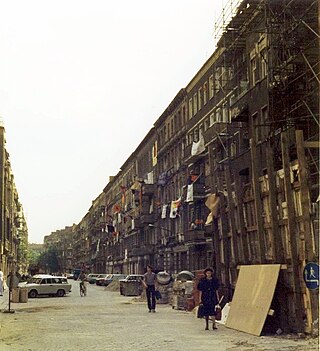
The battle of Mainzer Straße took place in Friedrichshain, East Berlin between 12 and 14 November 1990. It was a major incident in the history of the city, following the fall of the Berlin Wall in 1989. The magistrate of East Berlin decided to evict a row of squatted apartment blocks and the autonomous movement resisted the eviction for three days, until the buildings were all evicted by the police. One person was wounded by a ricochet and 417 people were arrested in an operation of over 3,000 officers. Following the riots, the magistrate decided to concentrate on legalizing squats in Berlin.
Squatting in Slovenia is the occupation of derelict buildings or unused land without the permission of the owner. Housing was illegally built from the 1960s onwards and informal settlements have been set up by Romani people or poor immigrants. In the capital Ljubljana, there is the autonomous zone of Metelkova and the Rog self-managed social centre was evicted in early 2021.
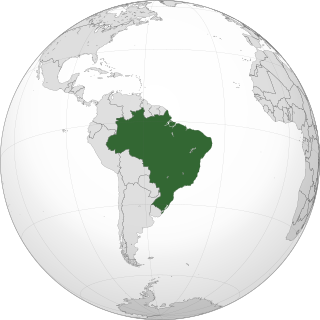
Squatting in Brazil is the occupation of unused or derelict buildings or land without the permission of the owner. After attempting to eradicate slums in the 1960s and 1970s, local governments transitioned to a policy of toleration. Cities such as Recife, Rio de Janeiro and São Paulo have large informal settlements known as favelas. A more recent phenomenon is the occupation of buildings in city centres by organised groups. In rural areas across the country, the Landless Workers' Movement (MST) arranges large land occupations.

Squatting in the Philippines occurs when people build makeshift houses called "barong-barong"; urban areas such as Metro Manila, Metro Cebu, and Metro Davao have large informal settlements. The Philippine Statistics Authority has defined a squatter, or alternatively "informal dwellers", as "One who settles on the land of another without title or right or without the owner's consent whether in urban or rural areas". Squatting is criminalized by the Urban Development and Housing Act of 1992, also known as the Lina Law. There have been various attempts to regularize squatter settlements, such as the Zonal Improvement Program and the Community Mortgage Program. In 2018, the Philippine Statistics Authority estimated that out of the country's population of about 106 million, 4.5 million were homeless.
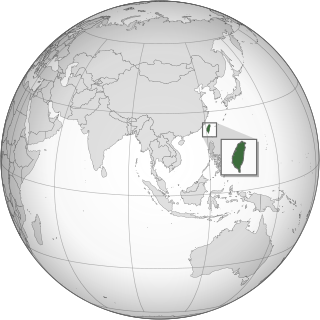
Squatting in Taiwan is the occupation of unused land or derelict buildings without the permission of the owner. Squatting was fuelled by migrants from China from the 1950s onwards and in addition cities such as the capital Taipei were swelled by internal migrants from the countryside. In order to create Daan Forest Park, 12,000 squatters were evicted. The informal settlement at Treasure Hill has been recognized as cultural heritage.
The modern political squatting movement began in Hamburg, Germany, when Neue Große Bergstraße 226 was occupied in 1970. Squatters wanted to provide housing for themselves amongst other demands such as preventing buildings from being demolished and finding space for cultural activities. The Hafenstraße buildings were first occupied in 1981 and were finally legalized after a long political struggle in 1995. The still extant Rote Flora self-managed social centre was occupied in 1989. Squatting actions continue into the present; more recent attempts are quickly evicted, although the Gängeviertel buildings were squatted and legalized in the 2010s.
References
- 1 2 3 4 Muzio, Rose (2009). "The Struggle against "Urban Renewal" in Manhattan's Upper West Side and the Emergence of El Comité" (PDF). Centro Journal. XXI: 110–141 – via Marxists.org.
- ↑ Asbury, Edith Evans (1970-07-22). "Squatter Movement Grows As Housing Protest Tactic". The New York Times. ISSN 0362-4331 . Retrieved 2019-11-14.
- ↑ "Grassroots Political Action of the '70s and '80s". Met Council on Housing. Retrieved 2019-11-14.
- ↑ "No Rent for Rats". jacobinmag.com. Retrieved 2019-11-14.
- ↑ Sisson, Patrick (2017-05-02). "A history of squatting". Curbed. Retrieved 2019-11-14.
- 1 2 ""The scythe of progress must move northward": Urban Renewal on the Upper West Side". Urban Omnibus. 2015-06-10. Retrieved 2019-11-14.